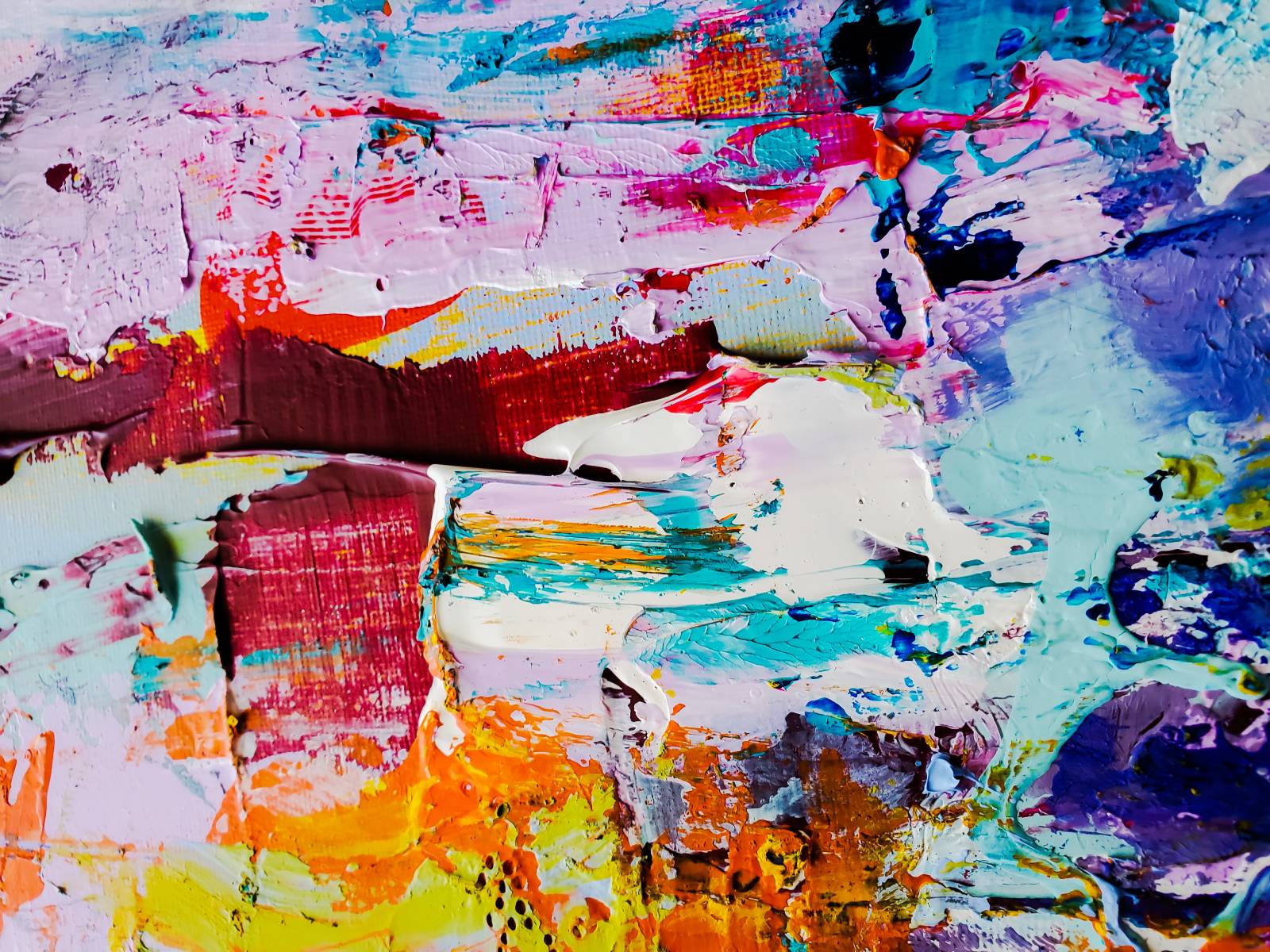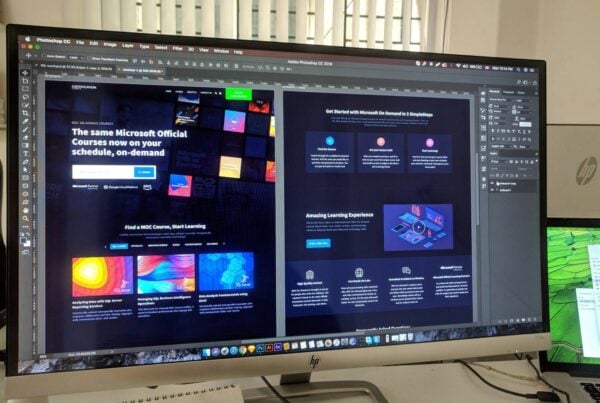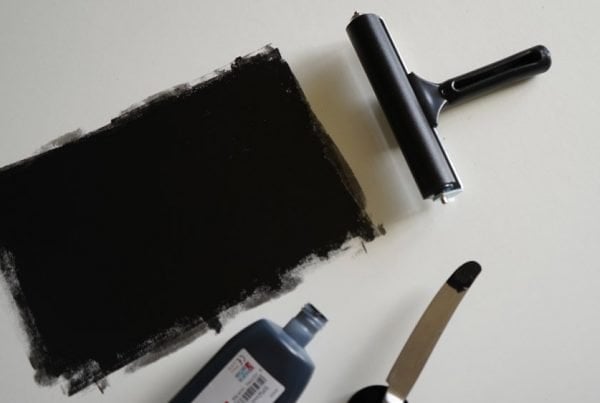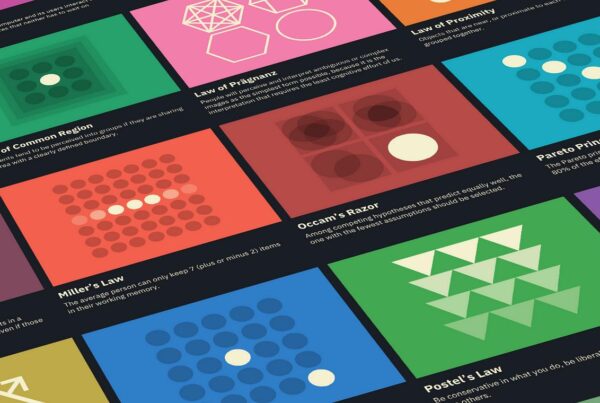Art therapy is a type of psychotherapy that uses art media such as painting, drawing and sculpting to help people express their emotions. This therapeutic practice helps individuals of all ages explore their feelings, manage stress and anxiety, and create meaningful pieces of art. Art therapy can be used by therapists, counsellors, psychologists or social workers to address emotional issues in both individual and group sessions.
Table of Contents
My Own Experience of Art as Therapy
Art therapy has been a crucial and irreplaceable tool for me as I navigate the world around me. Through art, I am able to acknowledge my own experiences and come to terms with them in my own way. My portfolio of art is proof of this; it spans my lifetime since my teens and shows how art was an outlet for me since my early years. Art has been a great therapy and has given me the guidance and support that I need to be able to interpret my emotions visually in a profound way, further deepening my relationship with art. Without art , I may never have accessed such depths in myself, giving me insight into the role art can play in self-reflection and bettering oneself through exploration of one’s unique perspectives on the world.
What Is Expressive Art Therapy?
Expressive art therapy is an approach to counselling that combines traditional talk therapy with creative expression through the use of visual arts. It is based on the belief that the creative process can unlock feelings from the subconscious mind that may otherwise be difficult to express with words alone. Expressive art therapy encourages self-expression in a safe and supportive environment while providing opportunities for personal growth and healing.
How Does Art Therapy Work?
The goal of art therapy is to help individuals understand themselves better by exploring their inner conflicts through creativity. During an art therapy session, clients may be asked to express their emotions through various art activities such as drawing, painting, collaging or sculpture. The therapist will then work with the client to interpret these creations and identify underlying issues they may be struggling with internally. By expressing oneself through art forms, clients are able to gain greater insight into how they feel and how those feelings affect their behaviour in daily life.
Art Therapy Activities
There are many different types of activities that can be done in an art therapy setting depending on the needs of each individual client. Some common activities include:
- Drawing – Drawing can be used for self-exploration as well as emotional expression. Clients may draw scenes from their lives or images that come up spontaneously during a session. The act of drawing can help regulate emotions as well as provide insight into one’s own thoughts and feelings about certain situations or events.
- Painting – Painting allows clients to explore colour palettes which can represent different moods or states of being they are trying to examine. It also gives them a chance to engage with materials in a physical way which can give them an additional outlet for expression if words seem inaccessible at times.
- Collage – Collage provides clients with an opportunity to physically construct something out of disparate elements which can correspond symbolically with their real life experiences. Making these connections between images found in magazines or other visual material encourages personal reflection while engaging both artistic skill and creativity simultaneously.
- Sculpture – Sculpture involves working with clay or other malleable materials which allows clients to give form to abstract ideas or sensations they may have difficulty expressing verbally on their own terms . It also has shown potential for relieving tension from stored body memories when combined with breath work techniques during a session.
Check out some of our printmaking guides which can be used as an activity, we also sell a range of printmaking equipment too.
Benefits of Art Therapy
Some benefits of art therapy include improved self-awareness; enhanced problem solving skills; increased self-confidence; improved communication skills; reduced anxiety; improved stress management abilities; lowered depression symptoms; improved interpersonal relationships; increased positive emotion expression; reduced symptoms associated with trauma; increased creativity; improved physical well being; heightened spiritual awareness; greater clarity when dealing with difficult life circumstances/decisions and overall improved mental health outcomes.
Risks of Art Therapy
Of course there are some potential risks associated with art therapy including triggering painful memories/emotions which could lead to distress if not addressed appropriately by the therapist but these risks can generally be avoided by careful selection of tasks/activities tailored specifically for each individual client’s needs based on prior assessment.
Conclusion
Art therapy has been proven highly effective for helping individuals cope with mental health issues in numerous ways . Through its combination of talk therapies along with creative engagement , this modality offers ways for individuals find means for exploring their emotions safely within the context of a therapeutically guided environment. Many people are usually suffering from:
- depression
- anxiety
- trauma
- addiction
- grief
- much more
Art therapists/art psychotherapists use this method not only support clients’ progress but also aid them in creating tangible products reflecting upon inner experiences otherwise difficult communicate without visual representation at times . Whether it’s used independently by self-directed artists or part personalized treatment plan overseen by professional clinicians , expressive arts offer powerful benefits all age groups seeking relief from psychological distressful conditions .








